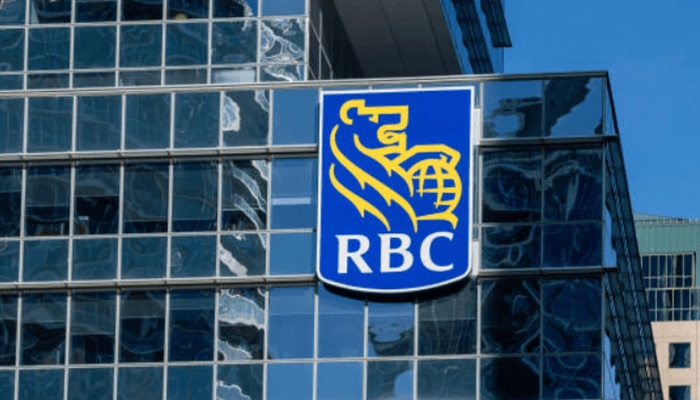A recent tweet on X (formerly Twitter) sparked widespread discussion among Indian expatriates when a user highlighted a significant update on the US remittance tax: “There will be no remittance tax if you pay by ACH transfer or debit card which most Indians use.” This succinct message captured the attention of many NRIs, as it clarified a key exemption in the controversial remittance tax proposal currently under debate in the US Senate.
The tweet reflects growing relief among Indian diaspora communities following the latest draft of the “One Big Beautiful Bill,” which has drastically reduced the initially proposed 5% excise tax on remittances to just 1%, effective from January 1, 2026. More importantly, the bill exempts remittances sent via bank accounts, Automated Clearing House (ACH) transfers and US-issued debit or credit cards from this tax, making these the preferred channels for sending money back home without incurring additional costs.
What is remittance tax?
A remittance tax is a government-imposed levy on money transfers sent by individuals from one country to another, typically by migrant workers sending funds back to their home countries. In the current context, the US remittance tax refers to a proposed excise tax on international money transfers made by non-US citizens residing in the United States, including Indian NRIs, green card holders and foreign students.
The tax was first proposed at a rate of 5%, then reduced to 3.5% by the US House of Representatives and finally capped at 1% by the US Senate. It is designed to apply to remittances sent by non-citizens from the US to other countries, with the stated goals of raising revenue for domestic priorities and tightening immigration policies.
The tax is collected by remittance service providers such as banks, money transfer apps or operators like Western Union – who then remit the collected amount to the US Treasury every quarter. It applies regardless of the amount sent and is effective from January 1, 2026.
Key exemptions for NRIs
A critical feature of the revised bill is the exemption of remittances made via ACH transfers, debit cards, credit cards and verified US bank accounts. These mainstream payment channels, commonly used by Indian NRIs for sending money to India, will not attract the 1% remittance tax.
This exemption is a major relief, as it encourages the use of formal banking channels and reduces the financial burden on routine transfers such as family support, education fees and investments.
Impact on Indian remittances
India is the largest recipient of remittances globally, with an estimated $33 billion received from the US in FY24, accounting for nearly 28% of India’s total remittance inflows. The tax could have posed a significant cost increase for Indian families relying on these funds.




















